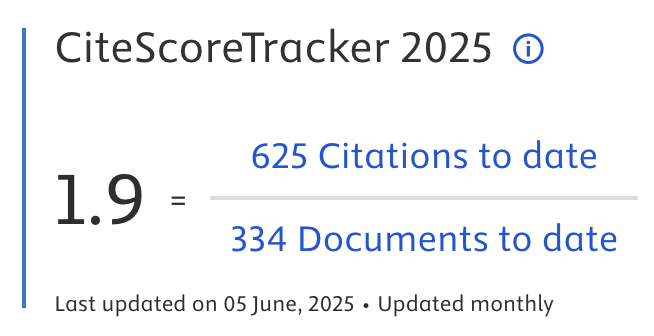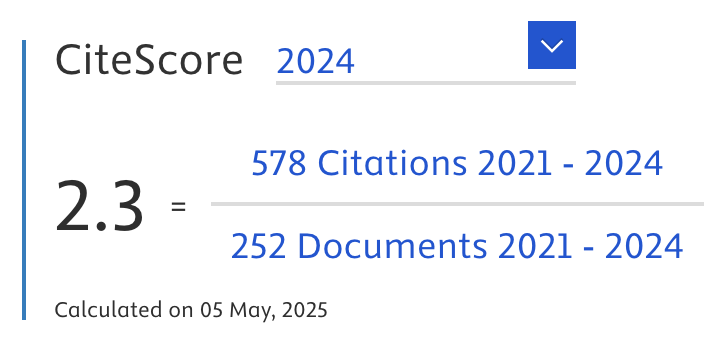Data Mining Predicts the Need for Immunization Vaccines Using the Naive Bayes Method
Abstract
In December 2019, SARS-CoV-2 caused the coronavirus disease (COVID-19) to spread to all countries, infecting thousands of people and causing death. COVID-19 causes mild illness in most cases, although it can make some people seriously ill. Therefore, vaccines are in various phases of clinical progress, and some of them have been approved for national use. The current state of affairs reveals that there is a critical need for a quick and timely solution to the need for a Covid-19 vaccine. Non-clinical methods such as data mining and machine learning techniques can help to do this. This study will focus on US COVID-19 Vaccination Advances using Machine learning classification algorithms and Using Geospatial analysis to visualize the results. The paper's findings indicate which algorithm is better for a given data set. Naive Bayes algorithm is used to run tests on real world data, and is used to analyze and draw conclusions. Period of Accuracy and performance, and it was found that Naive Bayes is very superior in terms of time and accuracy.
Article Metrics
Abstract: 647 Viewers PDF: 360 ViewersKeywords
Full Text:
PDFRefbacks
- There are currently no refbacks.

Journal of Applied Data Sciences
| ISSN | : | 2723-6471 (Online) |
| Collaborated with | : | Computer Science and Systems Information Technology, King Abdulaziz University, Kingdom of Saudi Arabia. |
| Publisher | : | Bright Publisher |
| Website | : | http://bright-journal.org/JADS |
| : | taqwa@amikompurwokerto.ac.id (principal contact) | |
| support@bright-journal.org (technical issues) |
 This work is licensed under a Creative Commons Attribution-ShareAlike 4.0
This work is licensed under a Creative Commons Attribution-ShareAlike 4.0





.png)